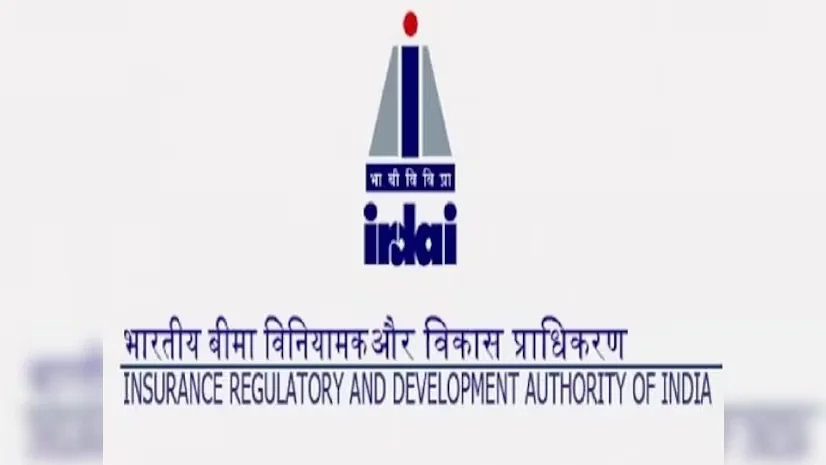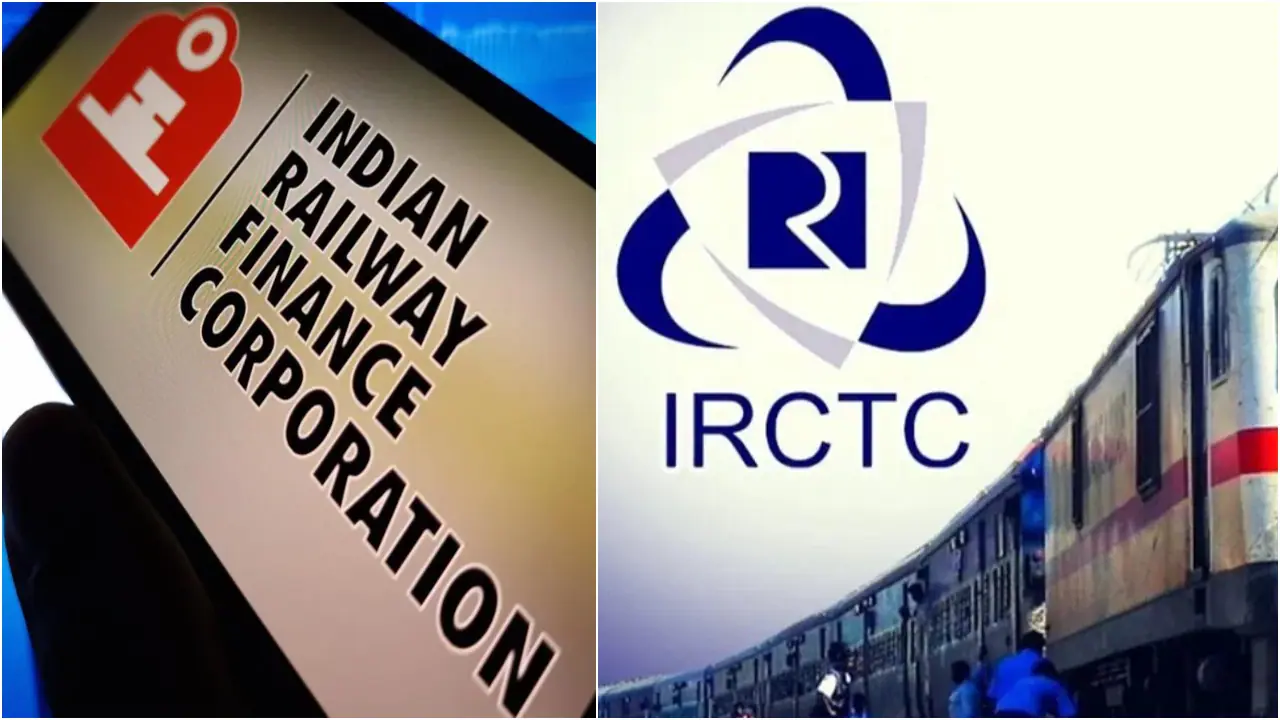- Courses
- GS Full Course 1 Year
- GS Full Course 2 Year
- GS Full Course 3 Year
- GS Full Course Till Selection
- CSAT
- 5 LAYERED ARJUNA Mentorship
- Public Administration Optional
- Online Program
- GS Recorded Course
- NCERT Batch
- Polity Module Course
- Geography Module Course
- Economy Module Course
- AMAC Module Course
- Modern India, Post Independence & World History Module Course
- Environment Module Course
- Governance Module Course
- Science & Tech. Module Course
- International Relations and Internal Security Module Course
- Disaster Management Module Course
- Ethics Module Course
- Essay Module Course
- Current Affairs Module Course
- ABOUT US
- OUR TOPPERS
- TEST SERIES
- FREE STUDY MATERIAL
- VIDEOS
- CONTACT US
Aadhaar Card Not Valid Document For Determining Age: Supreme Court
Aadhaar Card Not Valid Document For Determining Age: Supreme Court
26-10-2024
- On October 24, 2024, the Supreme Court of India overturned a decision by the Punjab and Haryana High Court that accepted an Aadhaar card as valid for determining the age of a road accident victim for compensation purposes.
- The ruling says that age must be established using official documents such as a school leaving certificate.
- Judicial Bench: The decision was made by a bench consisting of Justices Sanjay Karol and Ujjal Bhuyan.
- Legal Framework: The court referred to Section 94 of the Juvenile Justice (Care and Protection of Children) Act, 2015, stating that the date of birth recorded in a school leaving certificate is the appropriate basis for age determination.
Supreme Court's Findings
- The court said that the Unique Identification Authority of India (UIDAI) clarified, through circular number 8 of 2023, that an Aadhaar card, while useful for identity verification, is not conclusive proof of date of birth.
- This was supported by an office memorandum from the Ministry of Electronics and Information Technology dated December 20, 2018.
- The Supreme Court upheld the previous ruling of the Motor Accident Claims Tribunal (MACT), which had determined the age of the deceased based on his school leaving certificate.
Background of the Case:
- The appeal was filed by the family of a man who died in a road accident in 2015.
- Initially, the MACT in Rohtak awarded a compensation amount of ₹19.35 lakh, which the high court later reduced to ₹9.22 lakh.
- The reduction was due to the high court's assessment that the MACT had misapplied the age multiplier in the compensation calculation.
- The high court had relied on the deceased's Aadhaar card, which stated he was 47 years old.
- However, the family argued that his actual age, according to his school leaving certificate, was 45 years at the time of death.
What is Aadhaar?
Significant Provisions of the Aadhaar Act 2016
UIDAI's Measures for Safety and SecurityUIDAI has introduced several measures to protect Aadhaar data:
Significance of AadhaarAadhaar offers several benefits, including:
Limitations and Concerns Related to AadhaarSome issues with Aadhaar include:
Various Applications of AadhaarAadhaar is used in numerous government schemes, such as:
|




